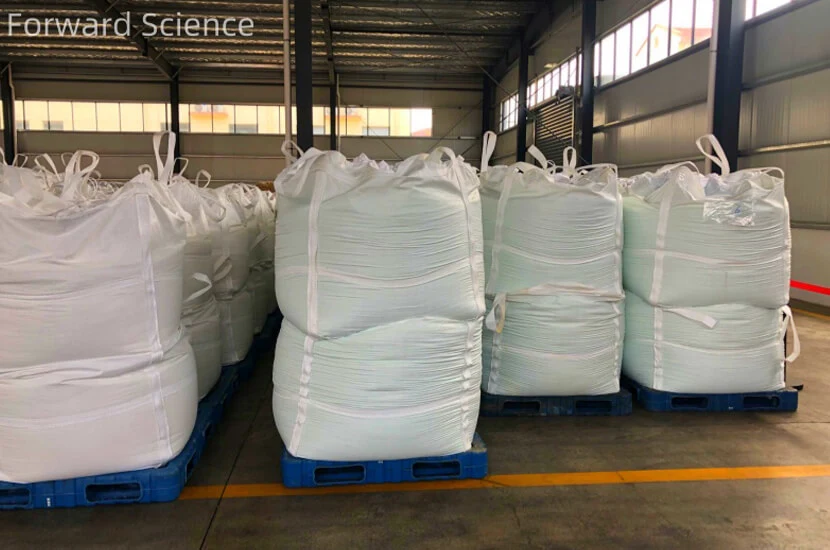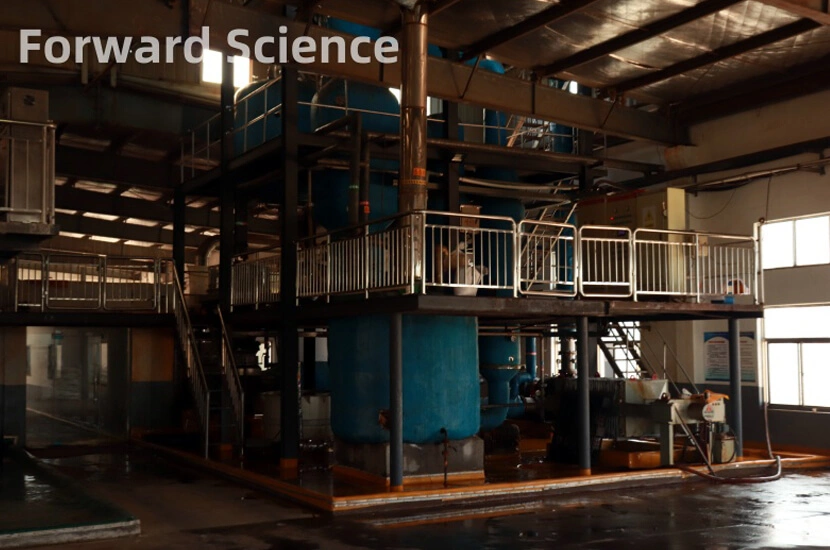English


Agar is widely used in biomedical research for cell culture applications. It provides a solid substrate for the growth and maintenance of various cell types, allowing researchers to study cellular behavior, perform experiments, and develop new therapies.

Agar is a common component in microbiological media. It serves as a solidifying agent, providing a gel-like surface for the growth and isolation of microorganisms. Agar plates are extensively used for microbial identification, antibiotic susceptibility testing, and studying microbial interactions.

Agar-based hydrogels have shown potential as drug delivery systems in biomedical applications. They can encapsulate drugs and release them in a controlled manner, providing sustained drug release and targeted therapy. Agar hydrogels can be tailored to specific applications, such as wound healing and tissue regeneration.

Agar has been utilized in dentistry for various purposes. It is used in dental impressions to create accurate molds of the oral cavity for prosthetic restorations. Agar hydrogels have also been explored for their antimicrobial properties and as materials for periodontal tissue engineering.

